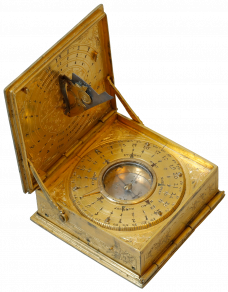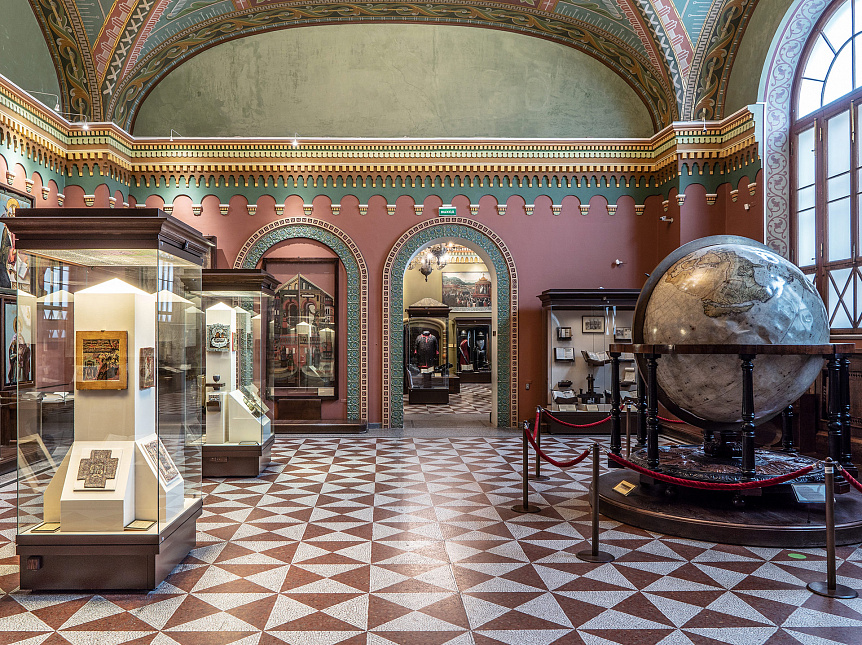Russian culture of the 16th – 17th centuries










Completion of the process of creating a single centralised State in the middle of the XVI century led to regulation of all aspects of social life and aspiration to preserve traditional culture. However, the development of the Country and Western European influence led to an active search for new forms in art. The XVII century in Russian culture became a time transition from the Middle Ages to the New time.
Within the period of creation of Russian national culture, the icon painting had been in the focus attention, because of strict canons were laid out by the Stoglavy Sobor (Hundred Head Congress) in 1551. The new trends in iconography were elaborated in the second half of the XVI century and were further developed in the XVII century. Most vividly they were manifested in the works of the Tsar's icon-painter Simon Ushakov and painters of his circle and the icon-painters of the Armoury Chamber Tikhon Filatiev, Karp Zolotarev and others. The artists have extensively started combining traditional icon painting with new realistic techniques, an example of this are the works of the Tsar’s iconographer Fyodor Zubov.
The Court Theatre had become a new phenomenon in the Russian culture of the XVII century. A real breakthrough happened in musical culture: the hook notes were substituted by linear musical score. The introduction of book printing turns out to be the most significant event in Moscow in the middle of the XVI century. The Printing Yard had started printing of the educational literature in the following century. The Slavic-Greek-Latin Academy founded in the end of the XII century became the first higher education institution in Russia.
The development of a huge state has increased the need for natural science knowledge. The geographical maps had become matter of vital importance. Growth of diplomatic and trade relations contributed to the acquaintance of the Russian people with astronomy and geography.



















The program of decoration of the hall was developed by one of the founders of the Historical Museum historian Ivan E.Zabelin. Mosaic floors with a geometric pattern of white and dark red triangles made after a carpet were assembled in the mid-1880s by Sedov's Artel. The rest of the art decoration of the hall was carried out by the artists of Artels supervised by I.I.Sevryugin and N.M.Safonov in 1898–1903.
The cross vault is decorated with bright painting made after drawings of manuscripts of XVI–XVII centuries. On each side of the vault are stylized images of flowers and fruits of pineapple as symbols of wealth. The Eastern portal of the Assumption Cathedral of the Trinity-Sergiev Monastery, where Boris Godunov and his family members are buried, served as a model of the arch doorway from hall #19. The exit into hall #21 and the arch niche to the left of it are decorated with reliefs copied from the Tsar cannon – a monument to Russian artillery and foundry art. It was madet in 1586 in Moscow and now stands inside the Moscow Kremlin. Stucco cornices of the hall are modeled after the frieze of the bell tower of Ivan the Great in the Kremlin, build over in 1600 at the ordeer of Tsar Boris Godunov.
In 1937 the hall lost its paintings and stucco decoration. The project of restoration of the original decoration was developed in the 1980s.





